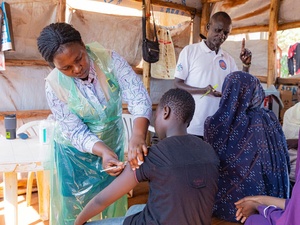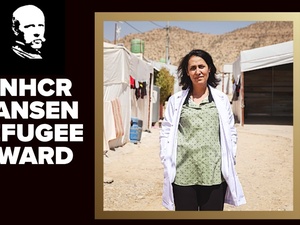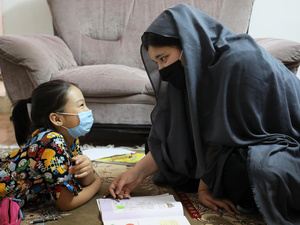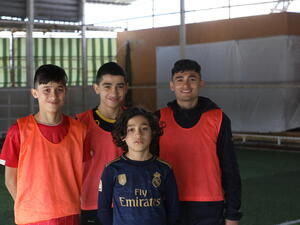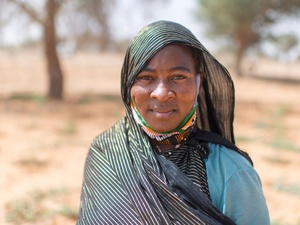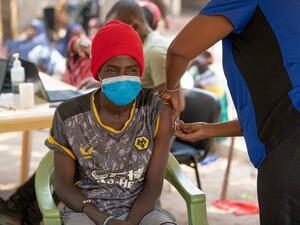Doctors contain cholera outbreak in Kenya's Dadaab refugee camp
Doctors contain cholera outbreak in Kenya's Dadaab refugee camp
There has been an outbreak of cholera in Hagadera, one of three sites that make up the sprawling and overcrowded Dadaab refugee camp in north-eastern Kenya. So far, 14 cases have been confirmed, most of them children, including a refugee child who had recently arrived from Somalia. The first case was identified on 29 January.
A team of six medical specialists from the Kenya Ministry of Health, UNHCR, WHO, IRC and the CDC (the Centre for Disease Control), was immediately dispatched from Nairobi to Dadaab, to provide extra support to the doctors in the camp and to attend to the 14 infected cases.
According to a report received this morning from Dadaab, a 3-year-old boy died. Most of the other cases have recovered and been discharged. An 18-month old boy is in stable condition at the Hagadera Hospital.
Hagadera is the biggest of the three settlements at the sprawling Dadaab refugee camp, which now hosts nearly a quarter million refugees, making it one of world's largest refugee camps. Hagadera itself was designed for 30,000 people but now holds some 100,000 refugees, overstretching water and sanitation services. Doctors at the camp say extreme overcrowding at the settlement poses major health problems.
Dadaab continues to receive thousands of asylum seekers from Somalia. This year alone, more than 8,000 have arrived to seek refuge in the camp. UNHCR and its partners are finding it increasingly difficult to deliver services to refugees due to the congestion in the camp. Water supplies are insufficient to meet the needs of the new arrivals and there is not enough space for more latrines to meet the basic health requirement that they be located at least six metres from cooking areas. As a result of the overcrowding, some refugees are staying outside the parameters of the camp where there are no sanitation facilities at all.
Last week, Deputy High Commissioner L. Craig Johnstone received a commitment from the government of Kenya for additional land in the north-eastern part of the country to build new camps in order to decongest the Dadaab complex.


